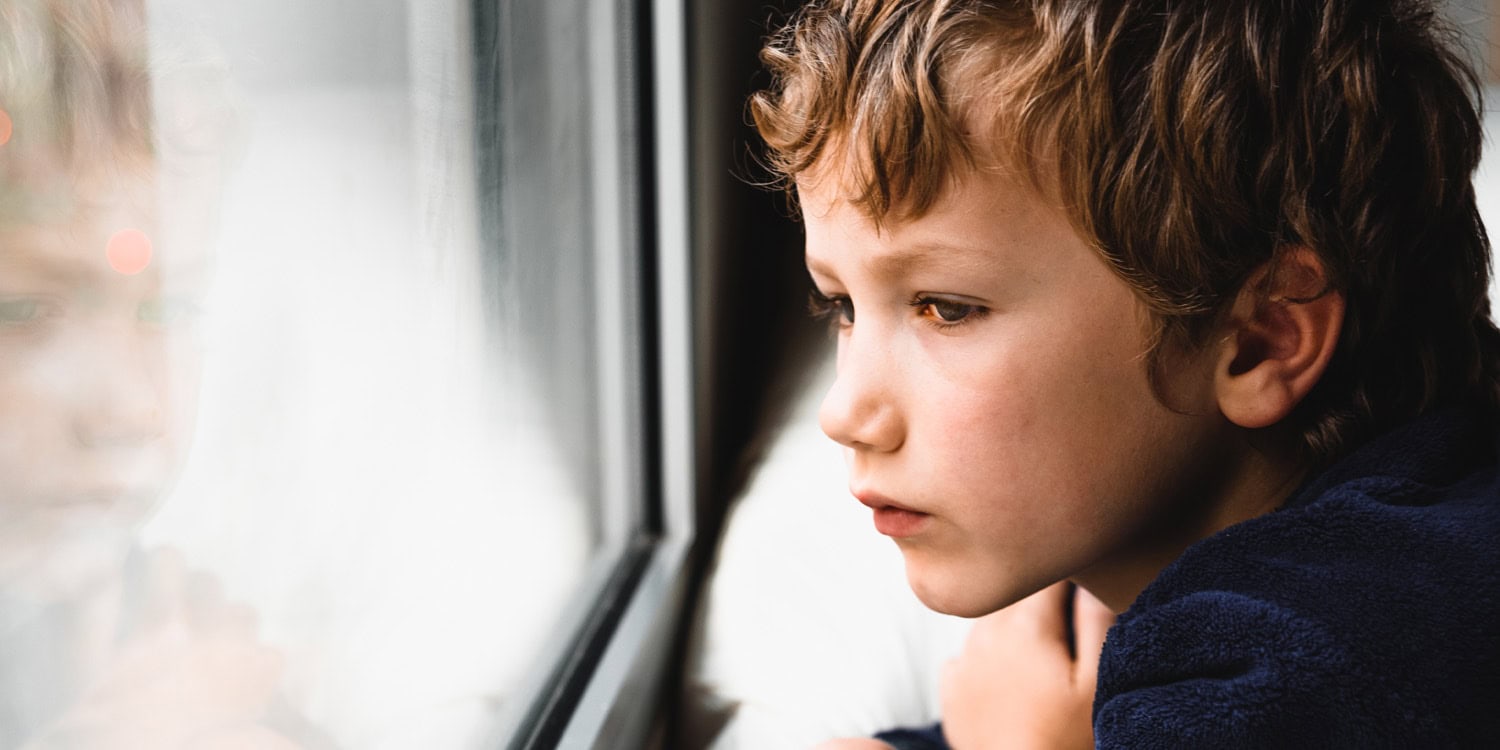A recent study published in Behavioral Sciences investigates the potential link between early childhood adversity and harmful forms of creativity in young adulthood. The findings suggest that social support and empathy might help prevent this form of malevolent creativity.
“I am fascinated by the term ‘malevolent creativity’ because I think it’s a great descriptor for situations in which people use their powers of creativity to harm others for whatever reason,” said study author Natalie A. Ceballos, a professor and chair of the Department of Psychology at Texas State University.
“I don’t believe that creativity itself is negative or positive, necessarily. So, I was interested to explore how a person’s life history might influence how they express their creativity and whether or not it takes a dark turn. One of my frequent collaborators, Dr. Toni Watt, is an expert on the effects of adverse childhood experiences, and so we worked together on this paper.”
The researchers gathered data from 524 college students enrolled in psychology and sociology courses at a Hispanic-serving institution in Texas. A significant majority of these participants identified as female (78%), and they ranged in age and cultural background, with the sample being mostly non-white. All participants completed an anonymous online survey that assessed their childhood experiences, creativity, empathy, social support, and coping strategies.
To measure adverse childhood experiences, participants responded to questions about experiences of abuse, neglect, or other family challenges (like divorce or substance abuse) that they faced before turning 18. Participants were then categorized based on the number of adverse experiences they reported: those with four or more types of adversity were considered a high-risk group, while those with fewer than four were considered lower risk. This threshold is significant in psychological research, as past studies have shown that individuals who experience four or more adverse events are at a notably higher risk of negative physical and mental health outcomes.
The study also included a specific tool to measure malevolent creativity, the Malevolent Creativity Behavior Scale. This scale helps quantify how often individuals might use creative thinking to engage in behaviors like lying, playing tricks, or otherwise manipulating situations to harm others. In addition to assessing malevolent creativity, researchers measured participants’ general (positive) creativity using the Kaufman Domains of Creativity Scale, which examines various forms of creativity, such as artistic, scholarly, and mechanical.
To assess psychosocial factors that could potentially impact the relationship between adverse childhood experiences and malevolent creativity, participants were also asked about their empathy levels, social support, and coping strategies. For instance, social support was evaluated through questions about perceived support from family, friends, or a significant other, while coping was measured based on responses to stressful situations.
The researchers found a connection between adverse childhood experiences and an increased tendency toward malevolent creativity. Individuals who reported four or more types of adverse experiences scored higher on the malevolent creativity scale, indicating they were more likely to use their creativity to harm others. This relationship held steady even after accounting for positive creativity and demographic factors.
However, the connection between childhood adversity and malevolent creativity shifted when psychosocial factors were considered. Specifically, individuals with higher levels of social support and empathy were less likely to engage in malevolent creativity, suggesting that these factors can serve as protective elements.
“I think the most important point in our conclusions is that having a history of adverse childhood experiences does not doom anyone to engage in malevolent creativity as an adult,” Ceballos told PsyPost. “We found that empathy and social support disrupted that pathway, and this points to some targets for intervention. In particular, I think that social emotional learning interventions in childhood have great potential here.”
In contrast, coping strategies showed a positive association with malevolent creativity, meaning that individuals who relied more heavily on coping mechanisms were also more likely to engage in harmful behaviors.
“I was surprised that a higher endorsement of coping skills was associated with greater malevolent creativity,” Ceballos said. “However, when you consider that over-reliance on the self might reduce prosocial behaviors in some people, then this connection does make sense.”
While this research provides new insights, it does have certain limitations. The study relies on self-reported data, which can be affected by biases like social desirability and memory inaccuracies. The researchers also highlight an important direction for future research: understanding how different forms of coping may lead to positive or negative outcomes. Since coping strategies were linked to malevolent creativity, understanding which coping methods might encourage prosocial, rather than harmful, behaviors could inform new therapeutic approaches.
“I am very interested in projects that provide more opportunities for positive creativity, especially for adolescents and emerging adults who have experienced early life stress,” Ceballos said. “I think that it’s very important to have positive creative outlets throughout the lifespan, particularly during times of stress.”
The study, “The Influence of Adverse Childhood Experiences on Malevolent Creativity in Young Adulthood,” was authored by Natalie A. Ceballos and Toni Terling Watt.




